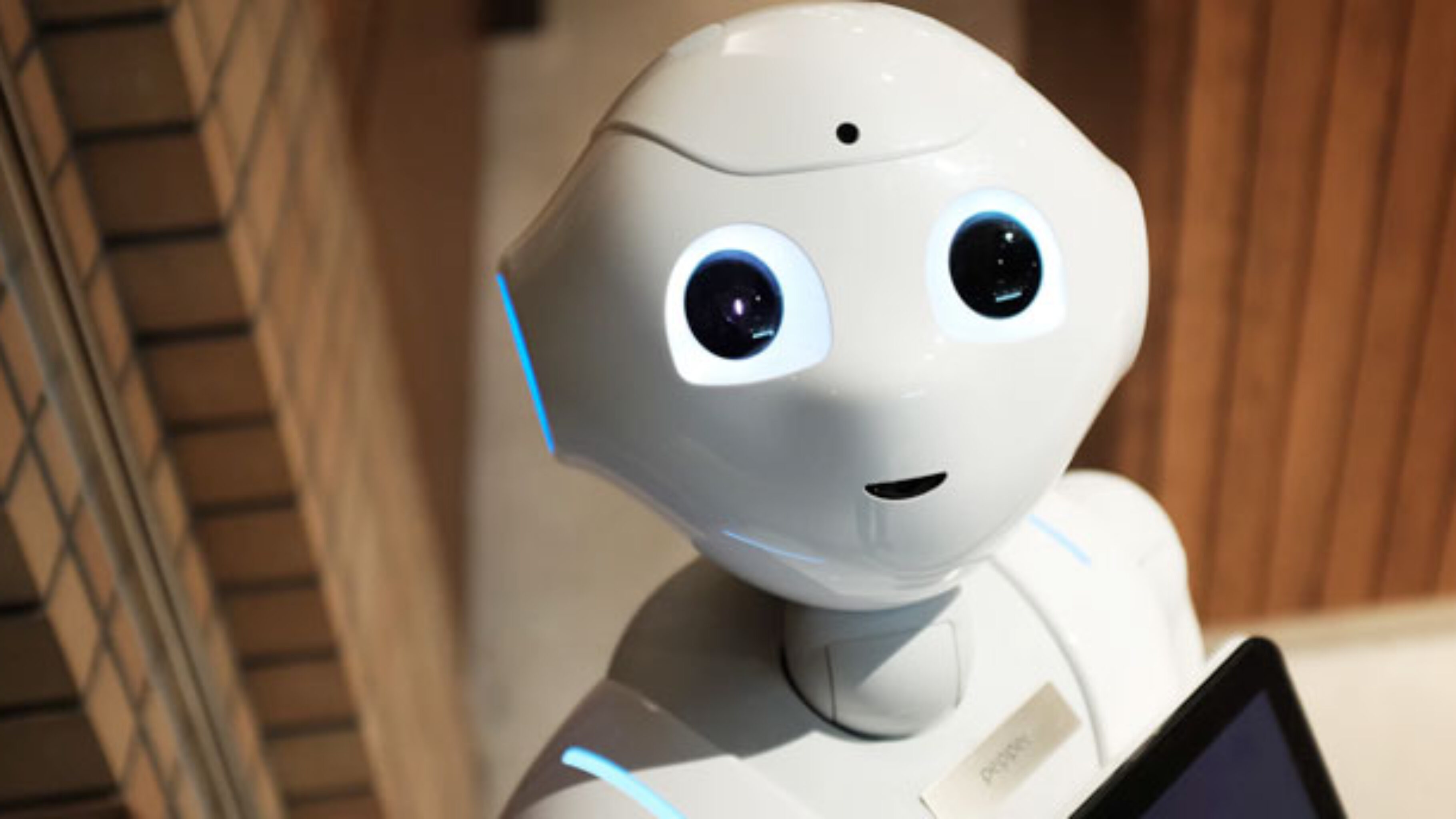The traditional definition of automation seems to always end with the threatening prospect of machines replacing people. It may be a term that is floating around our collective consciences more and more, but how real a threat are automated journalists to traditional content managers? Could robot writers really replicate all the evocative, stylish flavours of the written word that flows from a real live human’s pen?
It may all seem like afar off distant possibility, that is until content production platforms start popping up. The likes of Wordsmith and Articoolo, have been developed in order to allow users to produce human standards of content, in an automated fashion. This is a fresh new tool, which could be a game-changer, but its usability is still in question.
The effectiveness of automated content
There is plenty of reason to doubt the effectiveness of automated content; how can a machine produce content with marketing objectives in mind? However, many businesses are under pressure to produce fresh content frequently and within budgetary constraints. So, the argument for automation is a strong one.
Already brands are automating their Social Media channels and lead generation, the next logical step is content. In order for investors to support the automation industry, early adopters need to come on board and show signs of success. Google is investing in automated content solutions. Because fresh news articles are so in demand, Google is endorsing the algorithms that churn out this type of digital content.
Inevitable writer’s block is eradicated with automated content. No longer will the churning out of content stall because a writer does not have the inspiration to write creative and informative pieces. It is easy to see why site owners and brands, struggling with ambitious targets and time constraints want to switch to automation.
The drawbacks
The one major, unavoidable drawback in all of this is that automation cannot replace the human touch. It can not generate the warmth and empathy that human written content elicits. The tone of writing which delivers the most conversions is authenticity. Authenticity inspires brand trust and loyalty and authenticity is something a machine cannot replicate.
An algorithm can churn out fresh content that you can edit and quickly polish. This may be the best example of a mix of the machine and the human producing the best results. Platforms such as Articoolo can create high-quality proofread content, stimulated by a human writer. Once you describe your topic and set the tone, the article is generated for you. You do have to add a human flavour, once the article is produced.
The need for quantity is what is driving the interest in automated content. However, with quantity, there is often a lack of quality and this is exactly why writers are infallible. There will always be a need for human writers to produce online content as no machine can generate the human touch which when it comes to attracting engagement and conversions, is gold dust.








